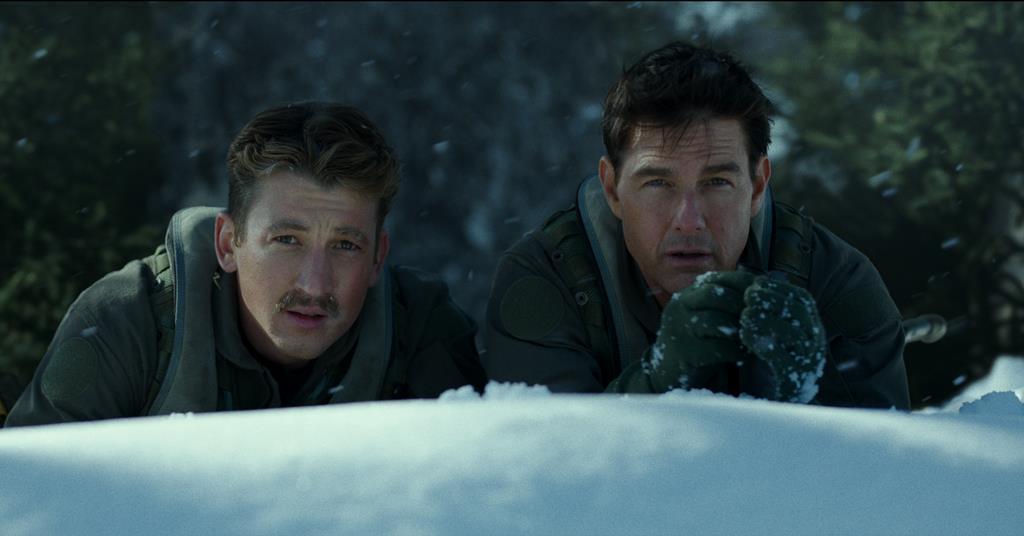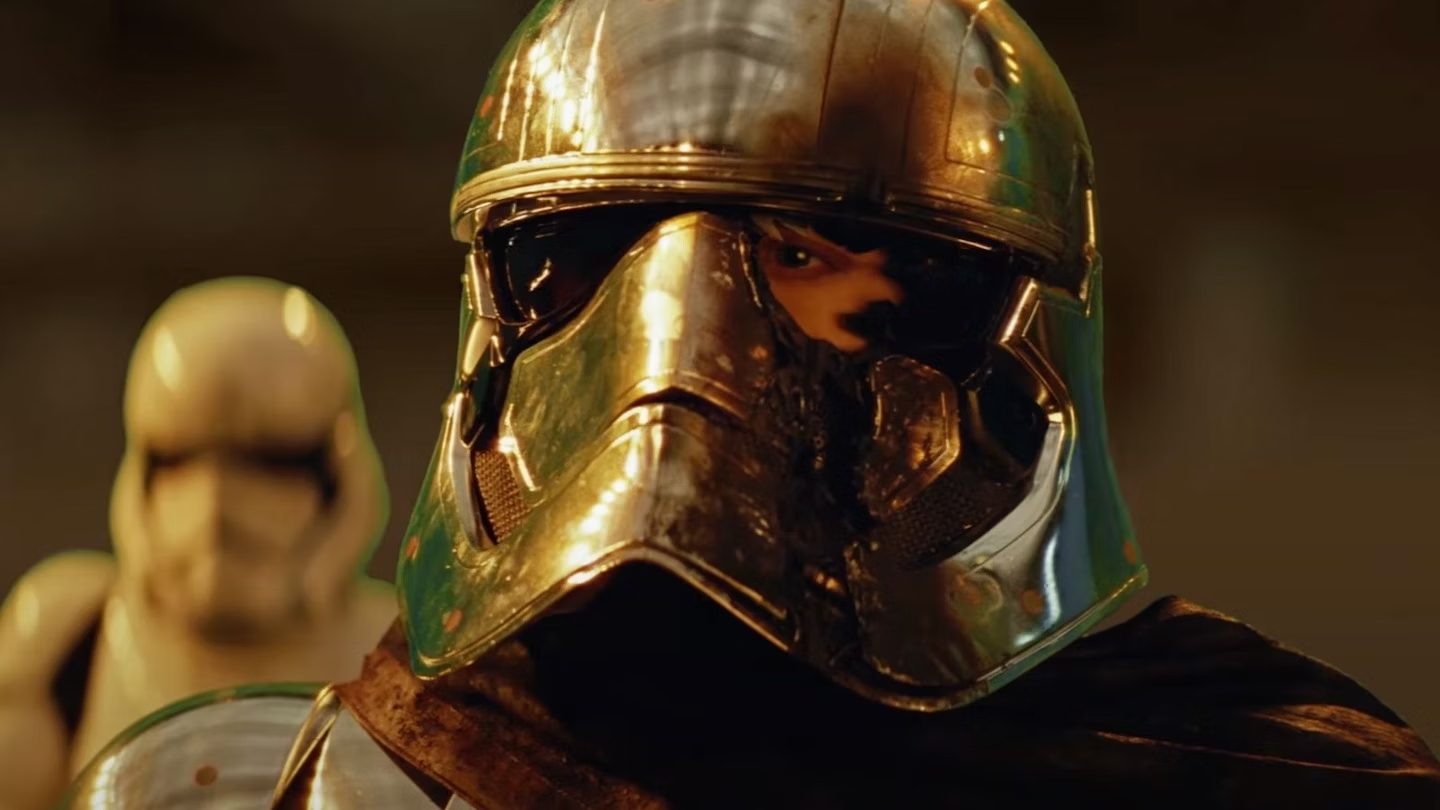For as long as cinema has existed, directors have had agendas with which they approach stories. Whether these stories are means of documenting and celebrating history or reaching to represent specific audiences, every film comes locked and loaded with an underlying message. Perhaps one of the most obvious means of retelling history and swaying public opinion is through war films. War stories have been told and retold through film as far back as cinema has been accessible to the public, but it took off as a genre in the mid to late twentieth century when films around World War II were all the rage. Well-made high-budget films like Saving Private Ryan and Pearl Harbor and TV shows like Band of Brothers remain popular today and are often household classics. Entertaining movies like Top Gun and Captain America: The First Avenger can get any audience pumping their fists and cheering with each successful hit while exciting features like American Sniper and Dunkirk bring back more of the humanity and individual livelihoods affected by wars. A commonality that many of these films highlight is the unity and pride that each soldier possesses, standing shoulder to shoulder with their comrades, ready to fight for their country come hell or high waters. Enemies be damned for even attempting to challenge our heroes! Right?


In the United States, war films have been used for decades as a tool to steer the American people and promote patriotism to the general public. Perhaps one of the most well-known and unapologetic examples is Top Gun. When it came out in 1986, its impact on Navy enlistment was enormous but not unexpected. Even before filming began, the storyline first published in a California magazine by Ehud Yonay in 1983 promised a glamorous picture of military life, particularly for elite aviators. To expand on this, the American military even went so far as to assist with the film’s production, offering personnel and filming locations. When Top Gun came out, it was an incredible success, earning around $357.3 million at the box office, making it the highest-grossing film of 1986. In preparation for the excitement the film would instigate, the American military set up recruitment stations outside theaters to catch audience members hyped up from the action-packed lifestyle the movie promised for navy pilots. These efforts were not in vain. After the film’s release, naval aviator applications exploded by 500%.
It’s hard to argue against the fact that Top Gun is an incredibly thrilling and entertaining film. It paints a fun and exciting picture of military life, especially the adrenaline-inducing experiences that come with being an elite aviationist. With each pilot being discernible in the film by their individually decorated helmets and catchy call signs, the film carefully allows the audience to grow attached to each character. Despite their interpersonal drama, all the pilots unquestionably have a fighting spirit, a sense of duty to their country, and pride in their work. On the other side of the playing field, the battle scenes feature close-ups to the enemy pilots where the audience is met with dark masks covering undecipherable faces. Their helmets are one solid color lacking all personality except for the cold and cruel determination to destroy our heroes. This animosity allows the audience to cheer unapologetically whenever one of these enemy planes is shot down or blown to bits. In the 2022 sequel, Top Gun: Maverick, this theme is continued, featuring Maverick and Rooster stranded in a snowy unnamed country with faceless enemies right around the time Russia, a well-known frigid country that the US hasn’t had the greatest relationship with for a while, invaded Ukraine. Not to say that Top Gun: Maverick‘s main goal was to radicalize the American people against Russia and spike military enlistment, but recruitment booths did set up camp around theaters once again, and the $170–177 million budget was supported in part by the American military. Top Gun is far from the only film to receive military funds. To name a few, films like Captain America, A Few Good Men, Forrest Gump, and Iron Man also received military support in their creation.


The ‘faceless enemy’ theme has been implemented in many popular films besides Top Gun. For instance, the stormtroopers in the original Star Wars movies allow the audience to not bat an eye as they are mowed down and blown up by the heroes. Even Darth Vader is stripped of his personhood until the famous “I am your father” showdown, making the audience more sympathetic and making his death more emotional. The newer Star Wars movies throw a wrench at this trope, however, with the emergence of Finn. The ex-stormtrooper doesn’t even have a name before he removes the helmet that labels him as part of the enemy. While the stormtroopers in these newer movies are not completely sympathized with, this is the first time in the franchise that they are humanized. For example, the audience is first introduced to Finn by showing one of his troopmates dying in Finn’s arms and smearing blood on his helmet with their gloveless hand. The status of the stormtroopers is taken from faceless, emotionless goons to humans who can feel and be hurt. One of the most interesting moments to me in the whole third phase of the Star Wars movies was the final battle between Finn and his old commander, Commander Phasma, in The Last Jedi. At one point, Finn breaks Phasma’s helmet, and the camera shows the audience nothing but a piercing blue eye shining out from underneath. By showing that there is a living person underneath, Star Wars humanized the enemy, beginning to peel back the complicated message of war, portraying it as something that happens between humans, between individuals.


While movies like Top Gun are immensely entertaining and leave the audience inspired and soaring on secondhand adrenaline high, it’s important to recognize the underlying message being served. Sure, the faceless enemy trope could be a matter of convenience, not wanting to flesh out unnecessary characters, hire more extras, or even just avoiding overcomplicating the plot. However, the easy black-and-white comparison between good guys and bad guys is still evident and could potentially be harmful if only taken at ‘face’ value. Going off of just how big an impact movies like Top Gun have on our society and how we see the military, it’s evident these movies are more than just a means of entertainment and can also be a way to spread a message. Humanizing the enemy blurs the lines between ‘us’ and ‘them’ and allows audiences to see more of a gray area and think more critically about the humanitarian implications of war from both sides of the battlefield. In the future, I would love to see more war films that use tropes similar to the new Star Wars movies, attempting to bring in an element of humanity, even if that means a simple slip of the helmet.

